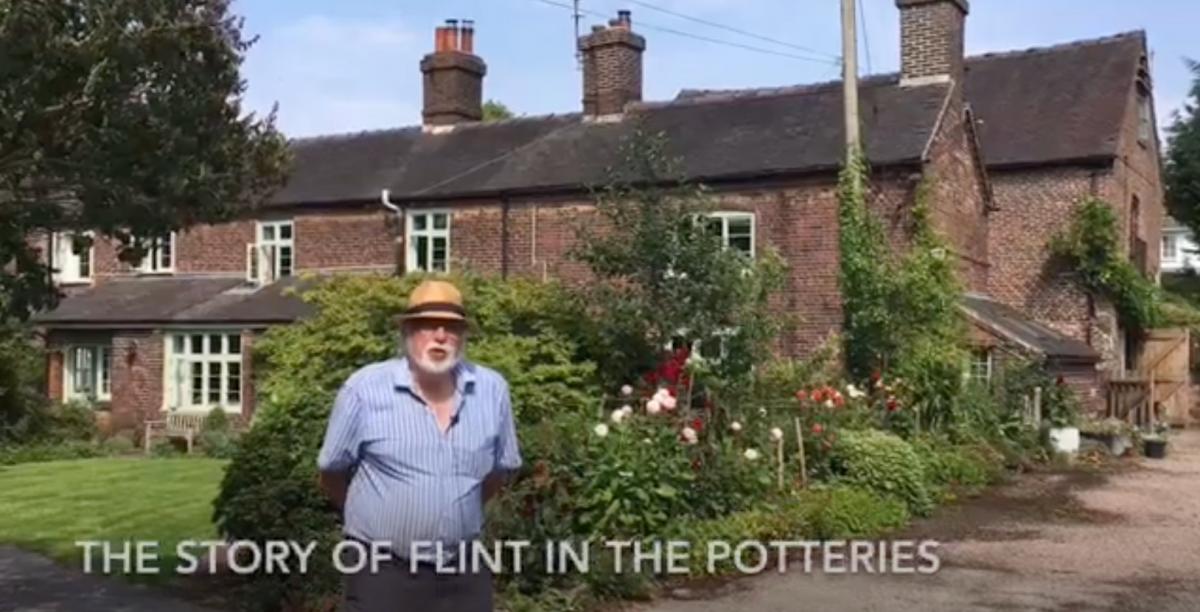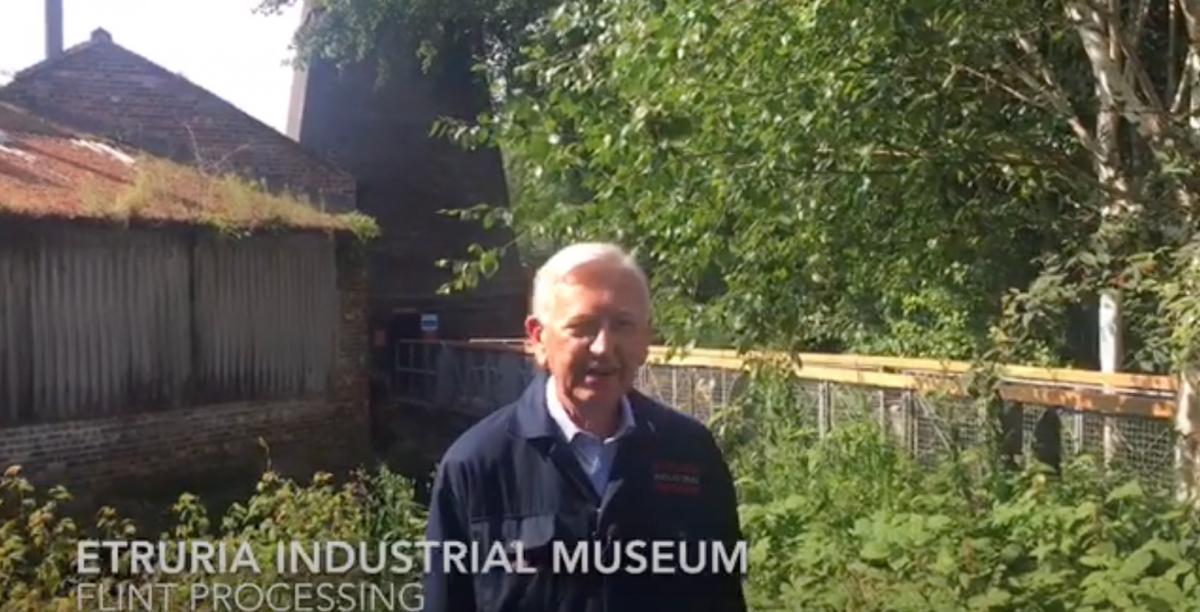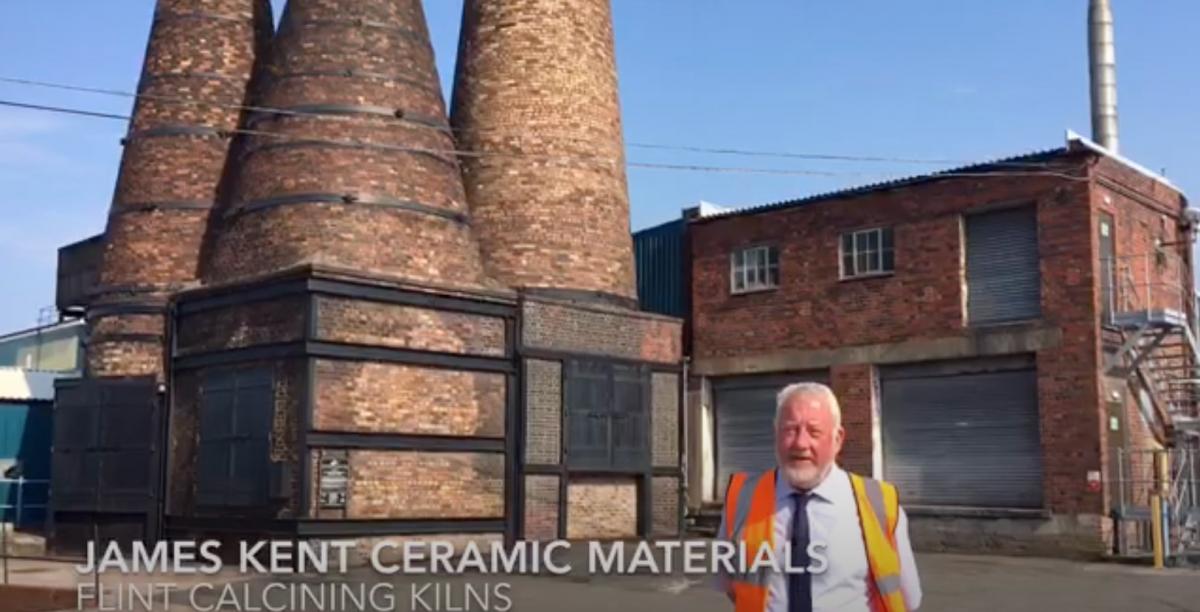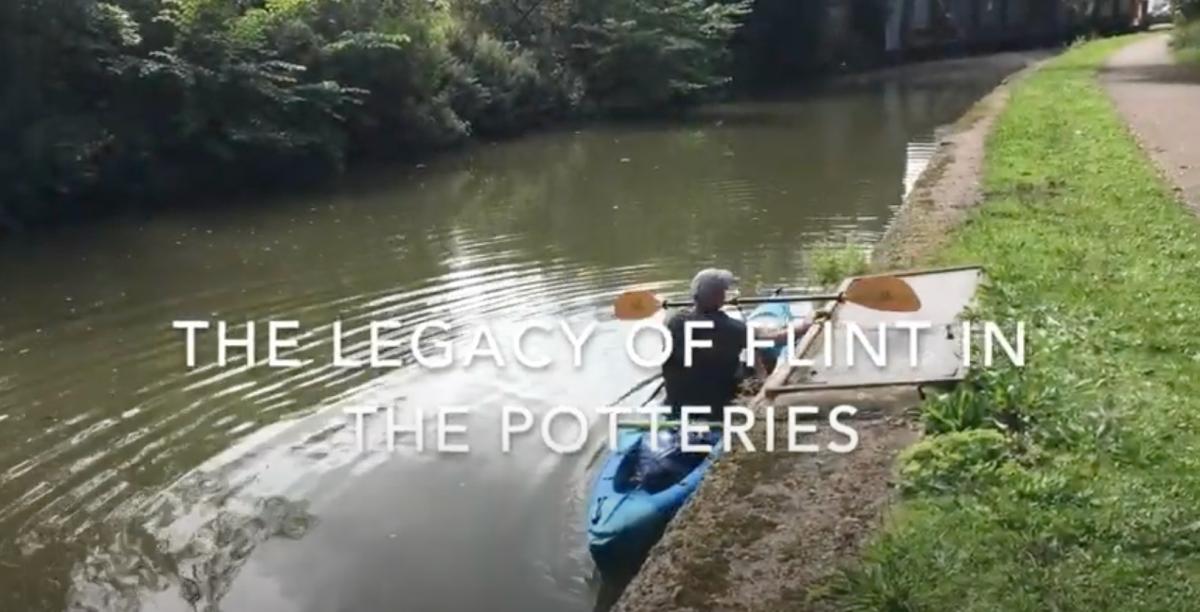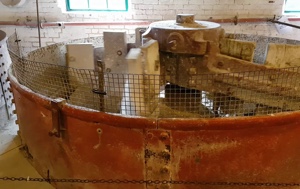 It is said that Shelton potter Thomas Astbury was the first to use flint in pottery 300 hundred years ago in 1720. The story goes that Astbury saw ground flint used as a treatment for a horse's sore eyes - but potters at the time were keen to try anything that could give their pots the whiteness of imported porcelain. Flint turned out to add strength to pottery and help resist cracking when it was fired.
It is said that Shelton potter Thomas Astbury was the first to use flint in pottery 300 hundred years ago in 1720. The story goes that Astbury saw ground flint used as a treatment for a horse's sore eyes - but potters at the time were keen to try anything that could give their pots the whiteness of imported porcelain. Flint turned out to add strength to pottery and help resist cracking when it was fired.
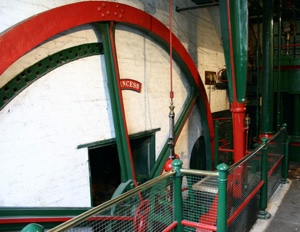 During the 18th century, many local flour mills were converted to grind flint, often powered by water or wind. Innovations such as wet pan grinding, which kept down harmful dust, and steam power, helped grow the industry and enabled production to move away from water sources and onto the canal wharfs where flint was unloaded after journeying from the south coast and beyond.
During the 18th century, many local flour mills were converted to grind flint, often powered by water or wind. Innovations such as wet pan grinding, which kept down harmful dust, and steam power, helped grow the industry and enabled production to move away from water sources and onto the canal wharfs where flint was unloaded after journeying from the south coast and beyond.
There are several sites in the city where flint was both calcined and milled, the most complete example being Shirley's Bone & Flint Mill in Etruria.
The Story of Flint in The Potteries
These four short films chronicling 300 years of flint in pottery were made to celebrate Potteries Bottle Oven Day in August 2020. They can be found via the Gladstone Pottery Museum web site or by clicking on the folowing stills:
